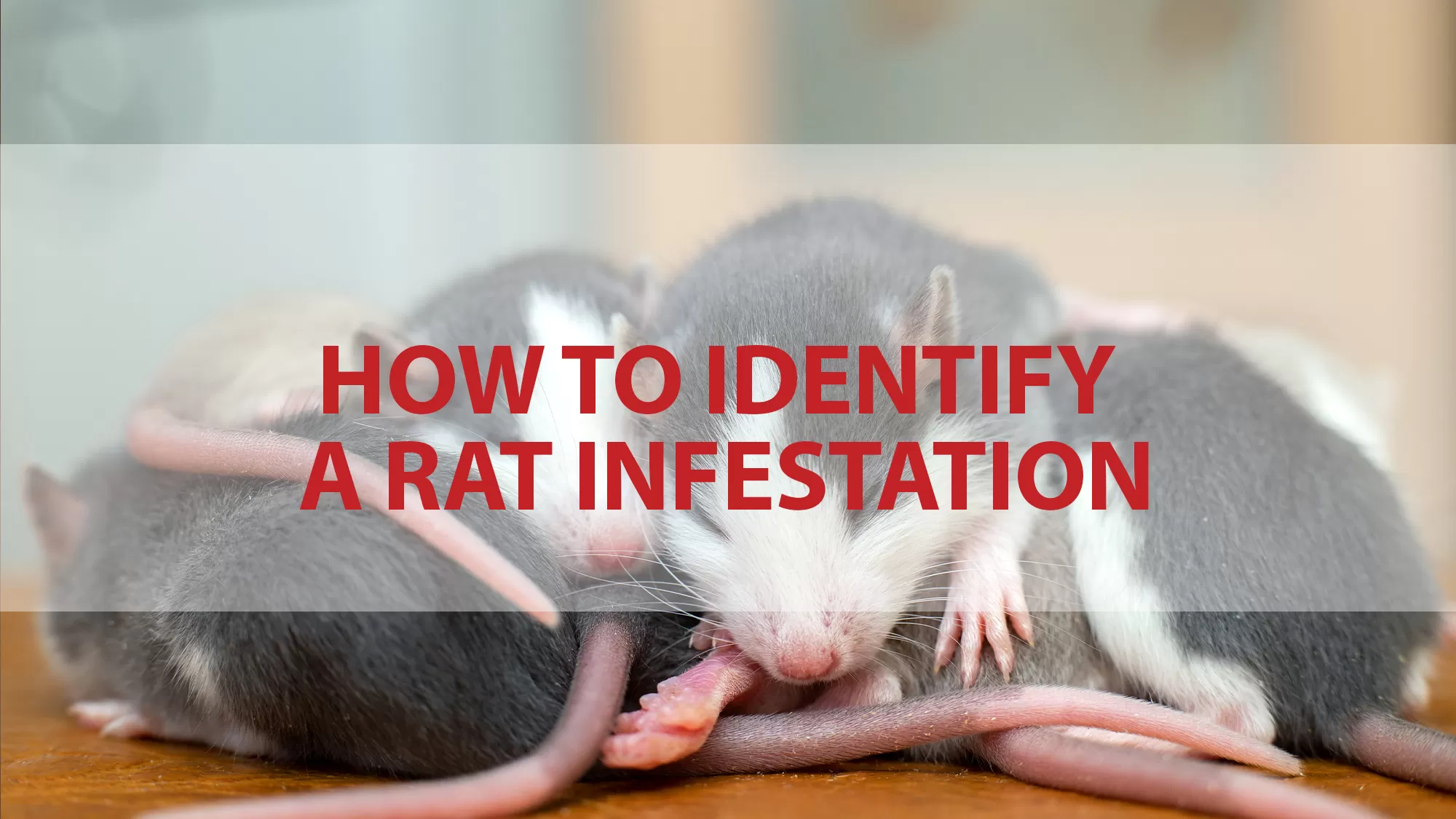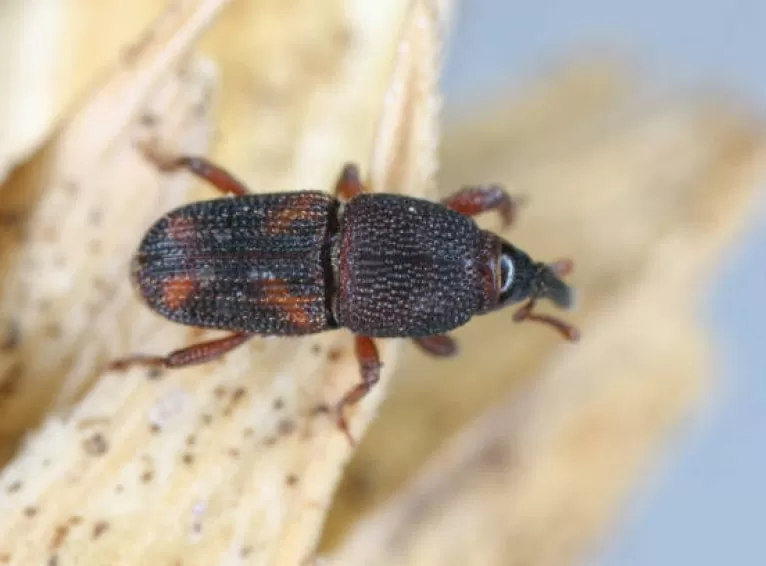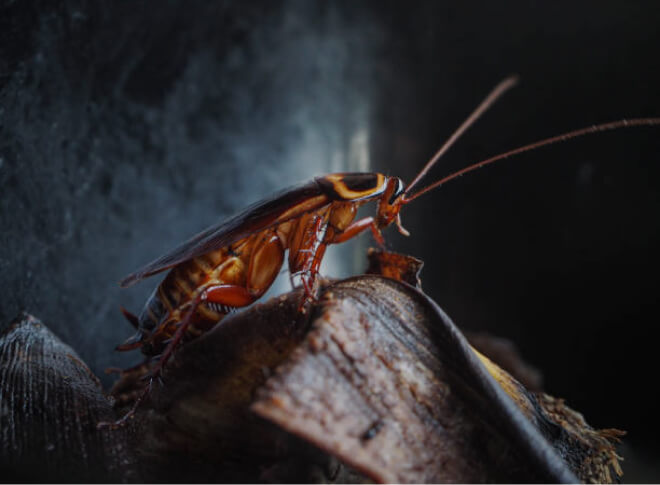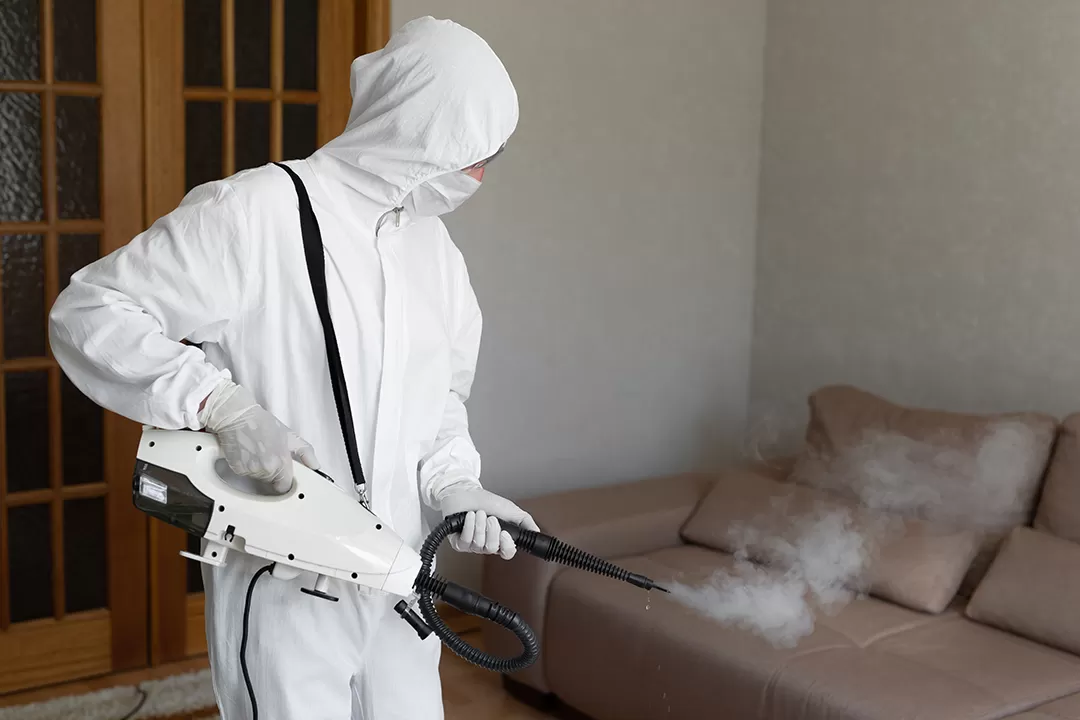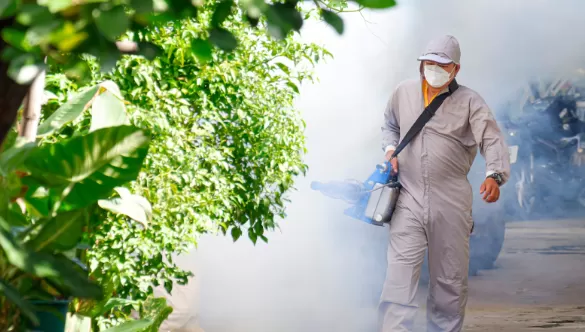Have you been noticing rat droppings, gnaw marks, and rat holes around the house? Then chances are, your home is being invaded by notorious rats. In addition to the risk of damage, having rats in your home can cause a surfeit of diseases.
The first step to combating a rat infestation is correctly identifying it. So, how can you confirm that there is a rat problem in your house? It’s not very difficult. Even though rats are great at sneaking around, they are not very discreet.
There are some common telltale signs of a rat infestation. However, you need to pay close attention to physical marks, damage and sounds to identify whether there is a rat problem in your home. This article gives you an overview of how you can do just that.
Common Species of Rodents in Singapore
Rats have recently become a pressing concern for Singaporeans. There are mainly four types of rodents that may be pestering you. Here are the most common species of rodents in Singapore:
Norway Rats
Commonly known as the sewer rat or the brown rat, the terrestrial Norway rat flaunts a greyish brown colour. When fully grown, a Norway rat measures around 26cm – making it one of the largest species of common Singapore rats. Not just that, this species is also generally more aggressive than other rats. Norway rats are good swimmers. They build nests underground and live in burrows.
Roof Rat
The roof rat, also known as the black rat, is known for its climbing abilities. Its long tail helps it balance when climbing across wires and pipes. Roof rats often make homes in the upper parts of houses, shopping malls, etc.
House Mouse
The house mouse is a petite rodent species, weighing only around 30 grams. However, despite its size, it has a huge appetite. The house mouse can consume food equivalent to 10% to 15% of its body weight and is commonly found near pantries and other food sources.
Little Mouse Rat
The little mouse rat is another rodent often found in Singapore. Commonly referred to as the Polynesian rat, this species is much smaller than its cousins. But compared to them, it is a poor swimmer.
Signs of a Rat Infestation
So, how do you know rats are living in your home? How big is the rat population on your property? Well, if rats are only coming out at night, the rat population is probably still manageable. On the contrary, you may have reasons to be concerned if you see rodents during the day, spot fresh droppings, or new gnaw marks. If you are unable to gauge the rat infestation situation in your house, it’s best to call a professional pest control service provider to help you out. Continue reading to learn the signs of a rat infestation.
Rat Droppings
You’ve been spotting some in and around your house but are not sure if they are rat droppings? Well, mouse droppings are tiny (about half a cm) and have pointed ends. Rat droppings are generally bigger, at about 1.5 cm long.
Grease Marks of Dirty Rodents
Rats are so dirty that they leave behind grease marks on any surface they touch. Therefore, if you notice darker grease stains on walls and floors, this indicates there is heavier rat activity in that region.
The Smell of Rat Pee
Rat pee has a distinct solid musky smell. Therefore, pee odour is a strong indicator if you are dealing with a more significant infestation. In addition, there will be a constant stale odour coming from areas in your house where rats are hiding.
Bite Marks
3mm long bite marks are signs of rats, while little scratches indicate a mice infestation. Rats are notorious for chewing through large surfaces such as windows, door frames, cabinets, baseboards, or walls to enter your property. You can assume rats have entered if you notice small tooth marks and leftover wood chips. These rodents also bite on wires – leading to electrical problems and even dangerous consequences such as a fire.
Suspicious Noises at Night
Rodents are nocturnal creatures. You may hear weird sounds at night such as squeaking, scratching, gnawing, and slight scurrying if you have a rat infestation. Rats usually communicate at a pitch that is inaudible to humans. However, you can hear gnawing and scratching sounds when they chew up walls or wires or crawl around the house. What’s more, you might be able to hear scurrying noises when rats move quickly across your home.
Nests
Rodents use materials like fabric, shredded paper, or remnants of dried plants to build their nests. If you find these in an area and notice other signs such as odour, tracks, fresh droppings, and gnawing, you can conclude that rats are indeed present. Generally, rats make nests over the ground in thick vegetation or on lofts and trees.
Damage to Furniture, Surfaces, Etc.
Physical damage is a clear sign of a rat problem in your home. Rats are known for causing disturbances around the property by biting and chewing through items and surfaces.
A common telltale sign of rat damage is if packaged foods seem to be suspiciously gnawed open. Be on the alert if you notice certain items have been chewed open. Pay extra attention to bags holding pet food as rat damage to them is common.
Actual Sighting of Rats
The final and most obvious sign of a rat infestation is the actual sighting of rats. For example, you might sometimes see a rat quickly scuttle along the floorboard. This will confirm your suspicion that you actually have a rat population onsite.
Be sure to identify the type of rodent correctly. Rats are much bigger than mice. Rats have earthy coloured, red, black, or dark hide and a flaky tail without any fur. A fully-developed rat can be between 28 to 50 cm and weigh 500 grams or more.
The Final Takeaway
There is nothing pleasant about a rat infestation. Thankfully, you can get rid of rats and prevent further damage caused by rats if you identify a rat infestation soon enough. All it takes is good knowledge of common signs of a rat infestation and attention to detail. If you are lucky or unlucky enough, you might see actual rats on your property. Otherwise, it would help if you looked for grease marks, gnaw marks, rat noises, pee odour, etc. and put two and two together.

